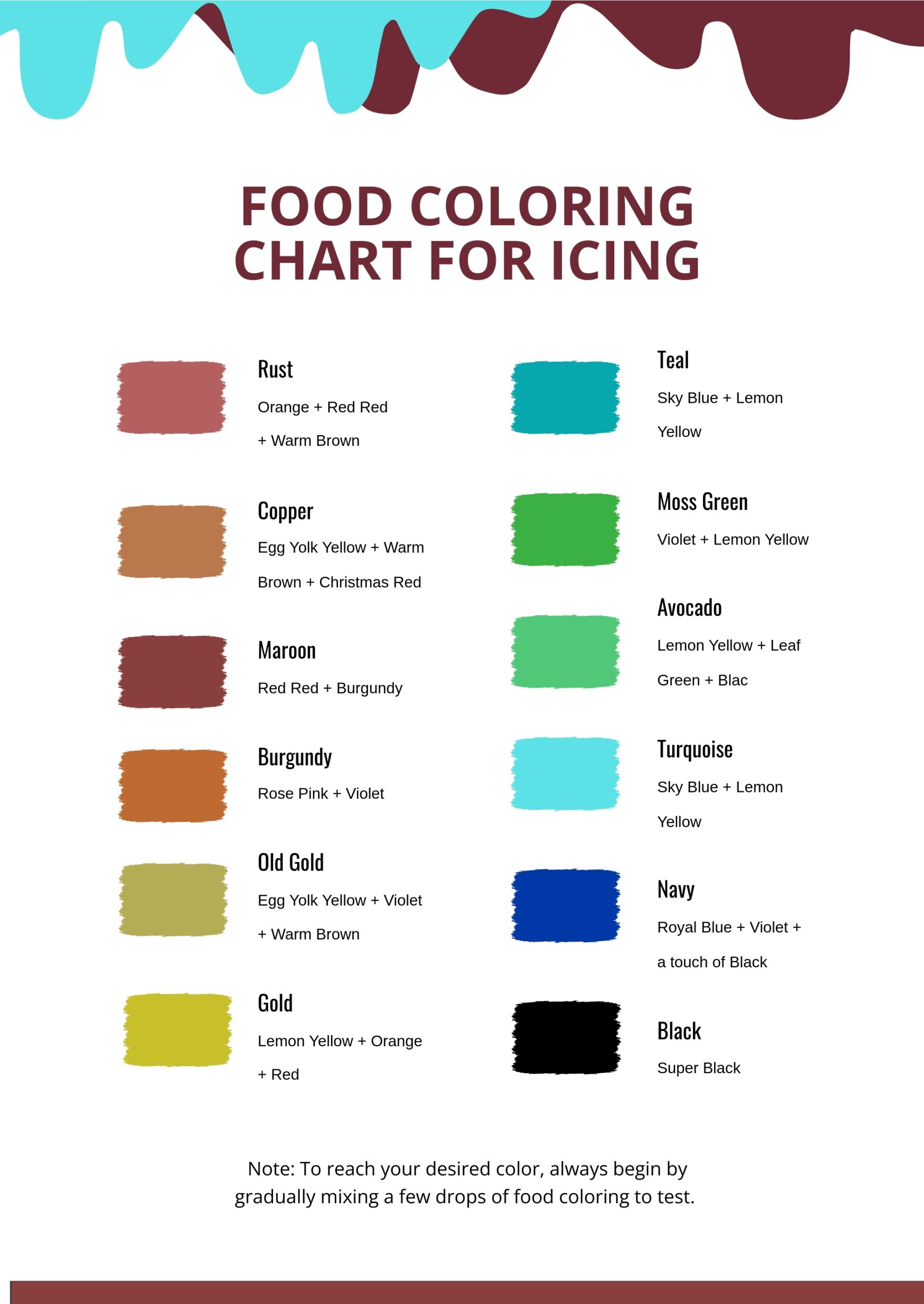Children are often drawn to brightly colored foods, but what many parents don’t realize is that those vibrant hues could be harmful to their little ones’ health. Food coloring is commonly used in processed foods to make them more visually appealing, but it can have negative effects on children’s bodies.
Studies have shown that artificial food coloring can lead to hyperactivity, allergies, and even cancer in children. These additives have been linked to behavioral issues such as ADHD and can have long-term consequences on a child’s development.
Excessive consumption of food coloring can also have adverse effects on a child’s overall health. Some artificial colors have been found to contain carcinogenic compounds that can pose serious risks to children’s well-being. It’s important for parents to be aware of the potential dangers of these additives and to limit their children’s intake of foods with artificial coloring.
Many parents may not realize that food coloring is present in a wide range of products, from candies and sodas to cereals and snack foods. Reading ingredient labels and avoiding foods with artificial colors can help protect children from the harmful effects of these additives.
Instead of relying on artificial food coloring, parents can opt for natural alternatives such as fruit and vegetable juices to add color to their children’s meals. These alternatives not only provide vibrant colors but also offer nutritional benefits that can support children’s health and well-being.
In conclusion, the impact of food coloring on children’s health is a significant concern that parents should be aware of. By making informed choices about the foods they give their children and opting for natural alternatives, parents can help protect their little ones from the potential dangers of artificial coloring. Prioritizing the health and well-being of children should always be a top priority, and avoiding artificial food coloring is one way to support their overall health.
